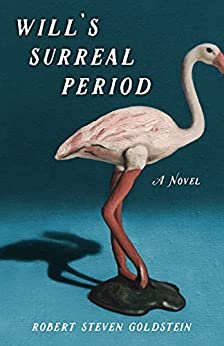by Carolyn Dallman
Faster and faster, my brothers and I tossed hay from upper bins of the loft to the middle bin, then down the chute. The sooner we finished this task, the sooner we could begin jumping from the upper bin to the lower bin, like a trampoline. Our play started with random jumps, but soon escalated to challenges: side jumps, butt jumps, belly flops, maybe a somersault … until the landing pad became packed solid and touchdowns hurt.
Hard work and hard play went hand-in-hand on our farm in North Freedom, Wisconsin, during the 1950s. This concept was likely instilled in children living in cities during the 1950s as well. However, the differences between living in cities and living on family farms were the unique tasks associated with farm life and experiencing the intricacies of operating a dairy farm. My parents taught these skills to my brothers and me by example, not by telling.
Daily tasks were assigned, but we were expected to adapt to specific situations. For example, the process of feeding our dairy cows changed with the seasons. When pastures were green with grass, cows did not need that forkful of hay at their stanchions. With their bellies full, cows were not inclined to return to the barn twice daily for milking. However, a scoop of ground feed on top of a mound of silage enticed the animals into the barn.
During long Wisconsin winters, huge mounds of hay were needed to supplement the green grass missing from the cows’ diets. (Each animal needed a bathtub full of hay each day.) These changes in feeding our dairy cows did not happen abruptly. Rather, the amount of hay, silage and ground feed were adjusted according to weather conditions. My brothers and I learned how to make these adjustments without directions from dad or mom.
We learned about planting and harvesting. Crops were rotated annually to naturally enrich the soil. I did not fully understand the reasoning behind this until I was in high school, studying earth science and biology.
Nitrogen-rich soil from our legume crops of alfalfa and clover was fertilizer for eventual fields of corn. Alfalfa was planted with oats. Oats grew fast, turning a rich golden color before the summer harvest. This allowed green alfalfa to continue growing in the same field and producing a crop of late summer hay. The following spring alfalfa sprang up to a bright green crop of hay in that same field. It could be harvested as many as three times during the summer. The following spring, that nitrogen-rich soil was tilled and became fertilizer for our newly planted corn.
Our equipment was not new. It worked well enough, but it was not unusual for something to break down. My brothers and I watch as dad did the repair, and we were ready and willing to collect tools that dad might need. Sometimes we were asked to assist with the repair under dad’s watchful eye. I learned how important it is to return tools to their proper place so they would be readily available the next time something broke.
Perseverance and the ability to adapt to unique situations came from those childhood experiences on the farm. I saw dad and mom go through myriad situations where they needed to adapt. I saw their work ethic and the methodical ways they accomplished tasks. They did not explain these things to me. It was a way of life absorbed into me through their examples.
Their examples carried me through coming-of-age moments when I had to stand on my own two feet. It gave me strength through the challenging years of raising a family. It gave me confidence in my professional career.
The diversity of tasks learned on our family farm served as important resources for me and continues to have a positive impact as I celebrate having my debut book, North Freedom, published.
Upon hearing a story of his grandmother’s childhood, Carolyn’s 7-year-old grandson said, “Grandma, you are so lucky. I can’t do those things. Life is different today.” The conversation with her grandson concerned Carolyn. Was the childhood of the baby boomer generation being lost? Could she use childhood memories to preserve the way of life she had experienced?
North Freedom is a collection of over 60 interrelated, nonfiction stories blending a variety of characters, activities and events that dynamically move on the static landscape of the village and the farm.




